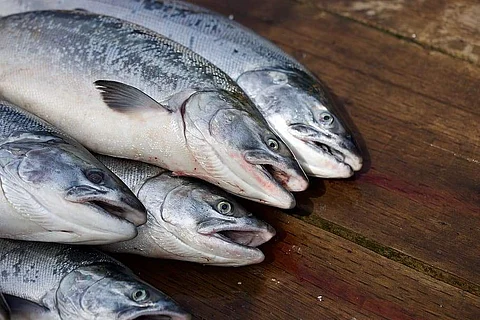

The Central Marine Fisheries Research Institute (ICAR-CMFRI) on Thursday said it has developed a hatchery technology for picnic seabream (Acanthopagrus berda), a commercially important marine food fish. The CMFRI has described it as a "breakthrough" in diversification of the country's mariculture activities as it is expected to open up enormous scope for the countrys mariculture ventures in near future through species diversification.
Also known as black seabream and goldsilk seabream, the fish is known for its excellent meat quality and high economic value. It has high demand in the domestic market with a price of around Rs 450 to 500 per kg. Locally called as 'karutha yeri', the fish is an excellent species for mariculture owing to its faster growth rate, strong resistance to diseases and ability to cope up with wide variations in environmental parameters such as salinity and temperature, a CMFRI release said here on Thursday.
According to Dr A Gopalakrishnan, Director of CMFRI, with the development of hatchery technology for picnic seabream, Indian mariculture is poised for a new surge with exponential increase in marine finfish production. He said the next task of the institute is to standardise the farming protocol of the fish as no record of breeding and aquaculture of this fish is available in in the country.
"Considering the characteristics of the fish, mariculture of picnic seabream is expected to be highly prospective in terms of attracting commercial benefits and meeting growing seafood demand in the near future," he said. Gopalakrishnan said India targets 4 to 5 million metric tonnes of fish production in the next 10 years from mariculture. Species diversification for mariculture is primarily aimed at achieving this target by enhancing the marine cage farming system across the coastal states of the country, he said.
This is the seventh marine food fish of which breeding technology was developed by the CMFRI. It took around three years for the CMFRI scientists to develop the seed production technology for this fish. Earlier, the institute had succeeded in brood stock development of fishes like cobia, silver pompano, Indian pompano, orange-spotted grouper, pink ear emperor and John's snapper. CMFRI said it would transfer these technologies to those interested in commercial production of the seeds.
